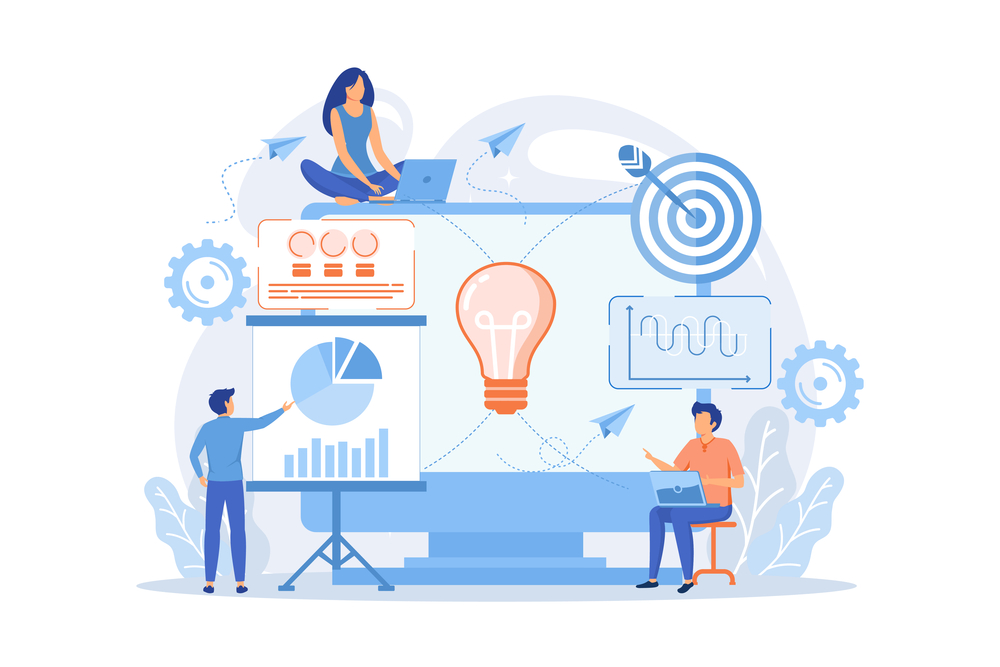Is Your Team Ready for AI? — A Practical Guide to Assessing and Building AI Change Readiness
Why talk about “AI change readiness” now?
When we work with organizations on innovation or change leadership, AI seems to be the top change organizations are working with (and needing to lead). Generative AI has moved from buzzword to browser tab. A Boston Consulting Group study of 13,000 workers found that 72 % of employees worldwide already use AI tools on the job, with usage soaring to 92 % in some markets. Yet only a fraction of employers have redesigned workflows—or reskilled people—to capture real value.
Microsoft’s 2024 Work Trend Index tells a similar story: three-quarters of knowledge workers say they’re experimenting with AI, but many feel their organization lacks a clear plan.
In other words, adoption is happening with or without a blueprint. The question is whether your culture can keep pace.
A quick refresher: culture first, technology second
We’ve long advocated that lasting innovation comes from culture, not just technology or tools (see our post “Creating a Culture of Innovation”). AI is simply the next proving ground. Organizations that nurtured curiosity, psychological safety, and continuous learning before ChatGPT now find themselves ahead of the curve; those that didn’t are scrambling.
The AI Change Readiness Assessment
To help teams spot gaps early, we’ve created a 10-question AI Change Readiness Assessment—a five-minute pulse check you can try here.
Below are the questions (answered on a five-point scale):
How comfortable are you with learning new technologies?
How do you feel about AI potentially changing aspects of your job?
How would you rate your current understanding of AI capabilities?
How often do you experiment with new tools or methods in your work?
How confident are you in your ability to learn AI tools?
How do you typically respond when faced with workplace changes?
How well do you understand how AI might benefit your specific role?
How comfortable are you with potential changes to your workflow?
How willing are you to share feedback about AI implementation?
How confident are you that AI will enhance rather than threaten your job?
The five dimensions behind the assessment
Learning Agility
This theme looks at how readily people dive into new skills and drive their own learning journey. High agility shows up as a “teach-me-more” attitude toward AI courses and quick, self-directed experiments.Mindset Toward Change
Here we’re listening for emotional signals—hope, excitement, anxiety—whenever the conversation shifts to job shifts or automation. A growth-oriented mindset frames AI as opportunity; a threat-focused mindset triggers resistance.AI Literacy
Think of this as the baseline vocabulary and mental models employees carry about how AI actually works and where it can add value. Strong literacy correlates with more realistic expectations and sharper ideas for use cases.Experimentation Habit
This dimension reveals whether people naturally tinker, prototype, and iterate in their day-to-day work. Frequent experimenters are the ones who will test a new chatbot on Tuesday and share a mini-case study by Friday.Voice & Feedback
Finally, we measure the comfort level employees feel in speaking up—raising concerns, requesting safeguards, or suggesting improvements. A healthy feedback culture keeps the rollout grounded in real-world insights.
Making sense of the overall scores
Trailblazers
When respondents land at the very top of the scale, they’re itching to experiment and even lead early pilots. Give them sandbox access, stretch goals, and a platform to mentor peers.Explorers
A step down are those who are curious but still weighing the trade-offs. Hands-on labs, quick wins tailored to their daily pain points, and visible success stories will nudge them forward.Spectators
Mid-range scores often belong to employees watching from the sidelines. They need small, low-risk projects, pairing with champions, and plenty of show-and-tell moments to build confidence.Skeptics
At the low end you’ll find people who fear job loss or distrust the tech altogether. Address myths head-on, outline clear ethical guardrails, and involve them directly in shaping how safeguards are designed and enforced.
Moving employees along the curve
Start with a “Why” story, not a “How-to” deck
Link AI pilots to customer outcomes or mission goals—not just efficiency numbers.Create safe “practice gyms.”
Provide dummy data environments where people can play without consequence.Pair up “Trailblazers” with “Spectators.”
Peer coaching beats top-down mandates.Use micro-learning sprints.
Ten-minute, use-case videos embedded in the flow of work outperform full-day seminars.Close the loop.
Publicly act on feedback from Question 9 to show that voices matter.
Leader checklist (pulling from ADKAR and Kotter—minus the jargon)
Awareness: Publish a one-page vision that clarifies benefits and boundaries.
Desire: Recognize AI wins in town halls and performance reviews.
Knowledge: Build a skills matrix; tie learning paths to specific tasks.
Ability: Fund “two-pizza” pilot teams to re-design one workflow.
Reinforcement: Track both adoption and sentiment every quarter.
Ready to measure your own readiness?
Take the AI Change Readiness Assessment and share the anonymous dashboard with your team. Use it as a springboard for honest conversation, targeted upskilling, and—most importantly—an innovation culture that thrives long after today’s tools are obsolete.
Next steps:
Try the above assessment.
Need a facilitated change leadership workshop or custom AI learning path? Contact us to co-design a session that meets your team where they are.
